ECGS Workshop 2012: Earthquake source physics on various scales
Published on Wednesday December 07, 2011
Last updated: 31 January 2013
PAGEOPH Topical Volume: Download the CALL FOR PAPERS for more information.
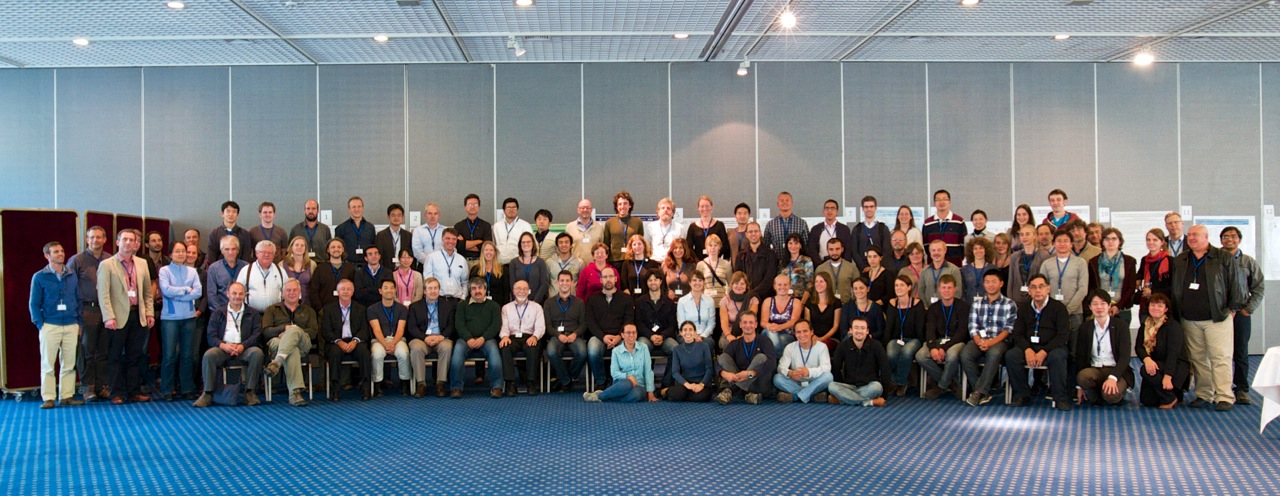
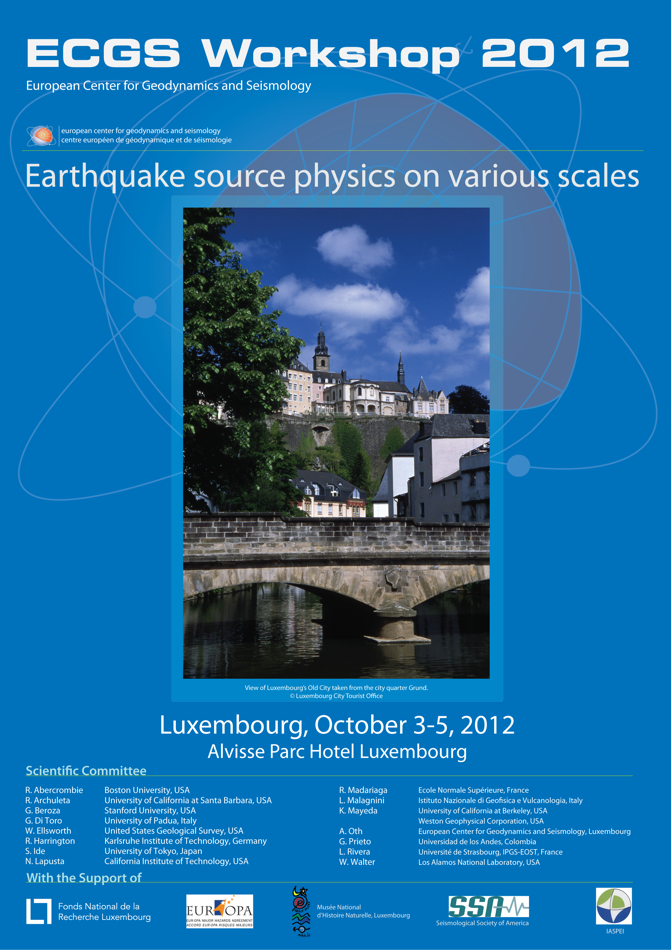
Download the Scientific program as a PDF document.
Download the Abstract volume as a PDF document.
Conveners
- Kevin Mayeda, University of California Berkeley & Weston Geophysical Corporation, USA
- Adrien Oth, European Center for Geodynamics and Seismology, Luxembourg
- Luis Rivera, IPGS-EOST, Université de Strasbourg, France
Scientific Committee and Invited Lecturers
- Rachel Abercrombie, Boston University, USA
- Norman Abrahamson, University of California Berkeley & Pacific Gas and Electric, USA
- Ralph Archuleta, University of California at Santa Barbara, USA
- Gregory Beroza, Stanford University, USA
- Giulio Di Toro, University of Padua, Italy
- William Ellsworth, USGS, Menlo Park, CA, USA
- Rebecca Harrington, Karlsruhe Institute of Technology, Germany
- Satoshi Ide, University of Tokyo, Japan
- Nadia Lapusta, California Institute of Technology, USA
- Raul Madariaga, Ecole Normale Supérieure (ENS), France
- Luca Malagnini, Istituto Nazionale di Geofisica e Vulcanologia (INGV), Italy
- German Prieto, Universidad de los Andes, Colombia
- William Walter, Lawrence Livermore National Laboratory, USA
Local Organizing Committee
- Adrien Oth, ECGS, Luxembourg
- Corine Galassi, ECGS, Luxembourg
- Gilles Celli, ECGS / National Museum of Natural History, Luxembourg
- Eric Buttini, ECGS / National Museum of Natural History, Luxembourg
With the Support of
- Fonds National de la Recherche, Luxembourg (FNR)
- Council of Europe, EUR-OPA Major Hazards Agreement
- National Museum of Natural History, Luxembourg (MNHN)
- Seismological Society of America (SSA)
- International Association of Seismology and Physics of the Earth’s Interior (IASPEI)


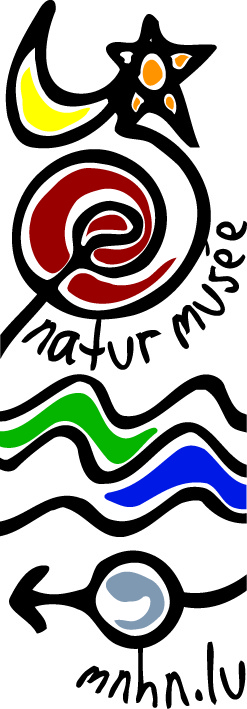

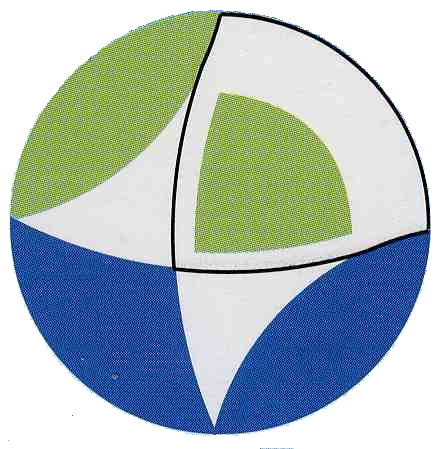
Scope of the Workshop
Over the past two decades, the scale-dependence of the earthquake rupture process and, in particular, whether radiated energy behaves self-similarly among small and large earthquakes, has been a matter of vigorous debate. Yet these characteristics are of fundamental importance for enhancing our understanding of rupture physics and the generation of strong ground motions.
Since the ground-breaking work of Keiiti Aki in the late 1960’s, the static scaling relation between seismic moment and some length scale characterizing the earthquake source (for which corner frequency is commonly used as a proxy) has been widely accepted, at least for earthquakes with magnitudes between about 3 and 7.5. On the other hand, the dynamic scaling of radiated energy with moment is still highly controversial throughout the entire magnitude range, from very small (M Despite a vast number of published research works and the availability of more and more high quality datasets during recent years (as countries such as Japan significantly pushed their instrumentation programs), many aspects of earthquake scaling characteristics still remain highly controversial, and inconsistent results are still obtained by different research groups on all investigated scales, even when considering the same datasets. More recently, state-of-the-art laboratory rock friction experiments are able to more closely recreate the in situ conditions on a fault during rupture, such as slip velocity, normal stresses, displacements, etc.
The aim of the ECGS workshop 2012 is bringing scientists from all around the world working on all aspects of earthquake source physics and scaling around one table to discuss and look for solutions to the problems still encountered. A range of research groups has made significant developments since the last major conference purely dedicated to radiated energy and the physics of faulting held in 2005 in Portland, Maine, USA (American Geophysical Union Chapman conference). The major aim of this 2012 ECGS workshop is therefore to consolidate conflicting views and decipher the reasons for these discrepancies as well as to foster collaborations of scientists working on all scales of the problem.
Program
The following aspects were discussed in dedicated sessions (see PDF program & abstract volume above):
- Seismic observations on a variety of length scales
- Source physics: modeling results and constraints
- Laboratory rock friction
- Strong ground motion prediction
- Data and methodology synergies
Important Deadlines
- June 1, 2012: Abstract submission deadline (closed)
- June 1, 2012: Student/young scientist travel grant application deadline (closed)
- July 22, 2012: Early-bird registration deadline (closed)
- September 14, 2012: Final registration deadline (closed)
- October 3-5, 2012: ECGS workshop (held)
- May 1, 2013: Submission deadline for manuscripts for Pageoph Topical Volume
Pageoph Topical Volume
A Pure and Applied Geophysics (Pageoph) special issue and Pageoph Topical Volume will be published (guest editors: Adrien Oth, Kevin Mayeda and Luis Rivera), and authors are invited to submit manuscripts for this issue by the deadline of 1 May 2013. The manuscripts will undergo full peer review and, if accepted, be published in a journal special issue of Pageoph and in the book series Pageoph Topical Volumes. Download the CALL FOR PAPERS for more information.
We strongly encourage you to consider submitting a manuscript, and kindly ask you to provide us with a tentative title and authors list by 24 February 2013 by email, so that we can plan ahead with the list of potential contributions.
Presentations Given at the Meeting
Some Photos of the Event
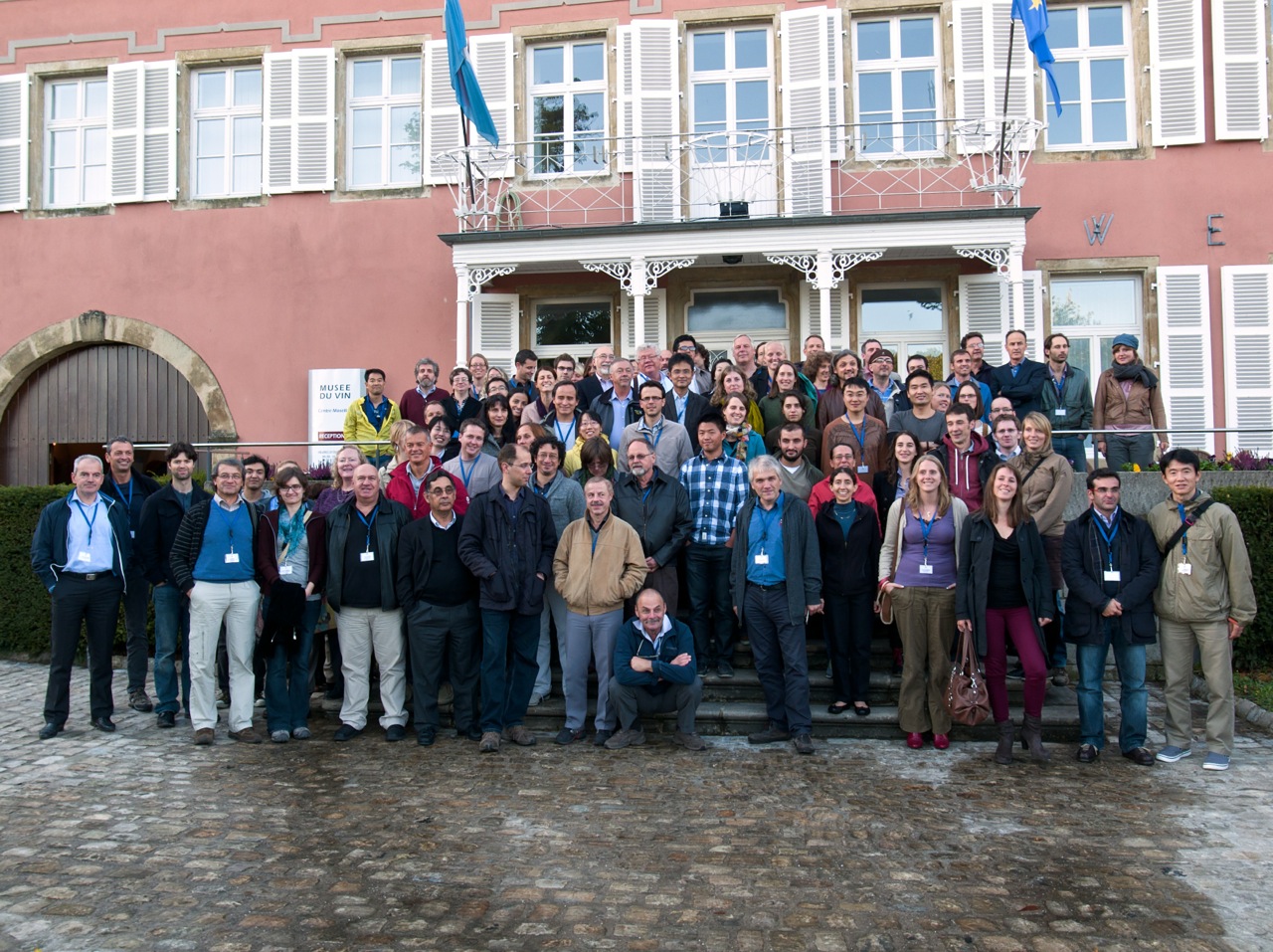
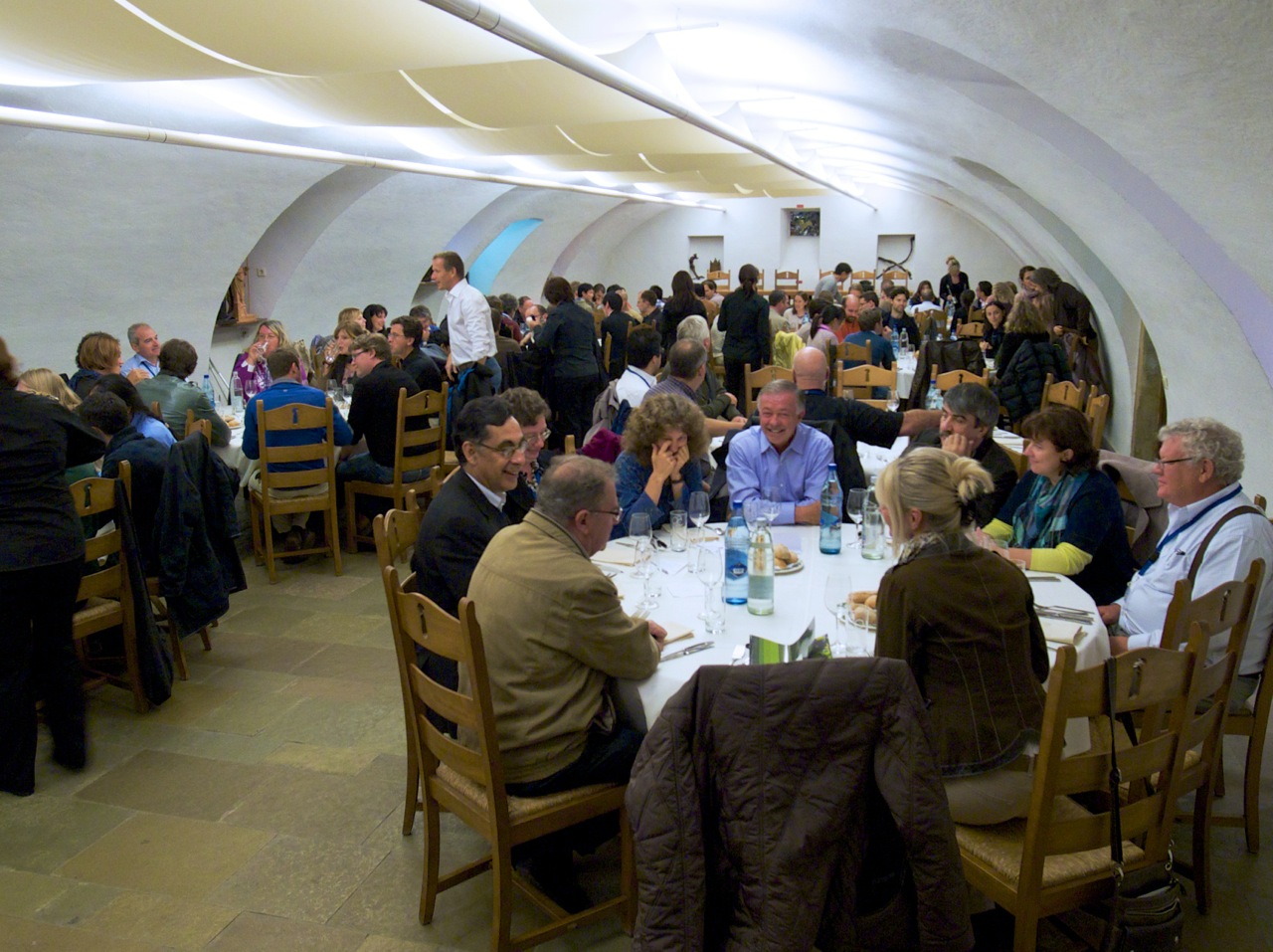
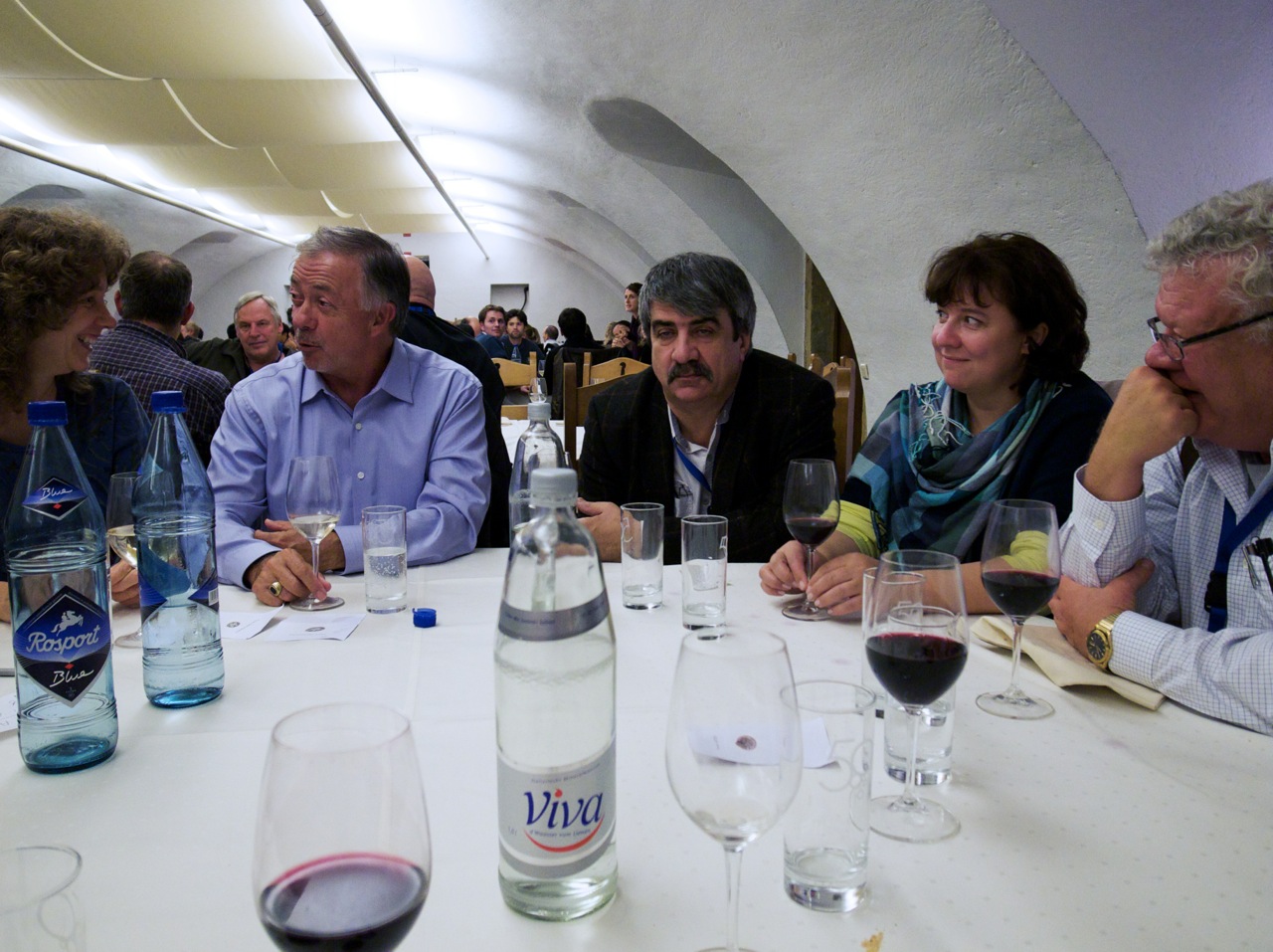
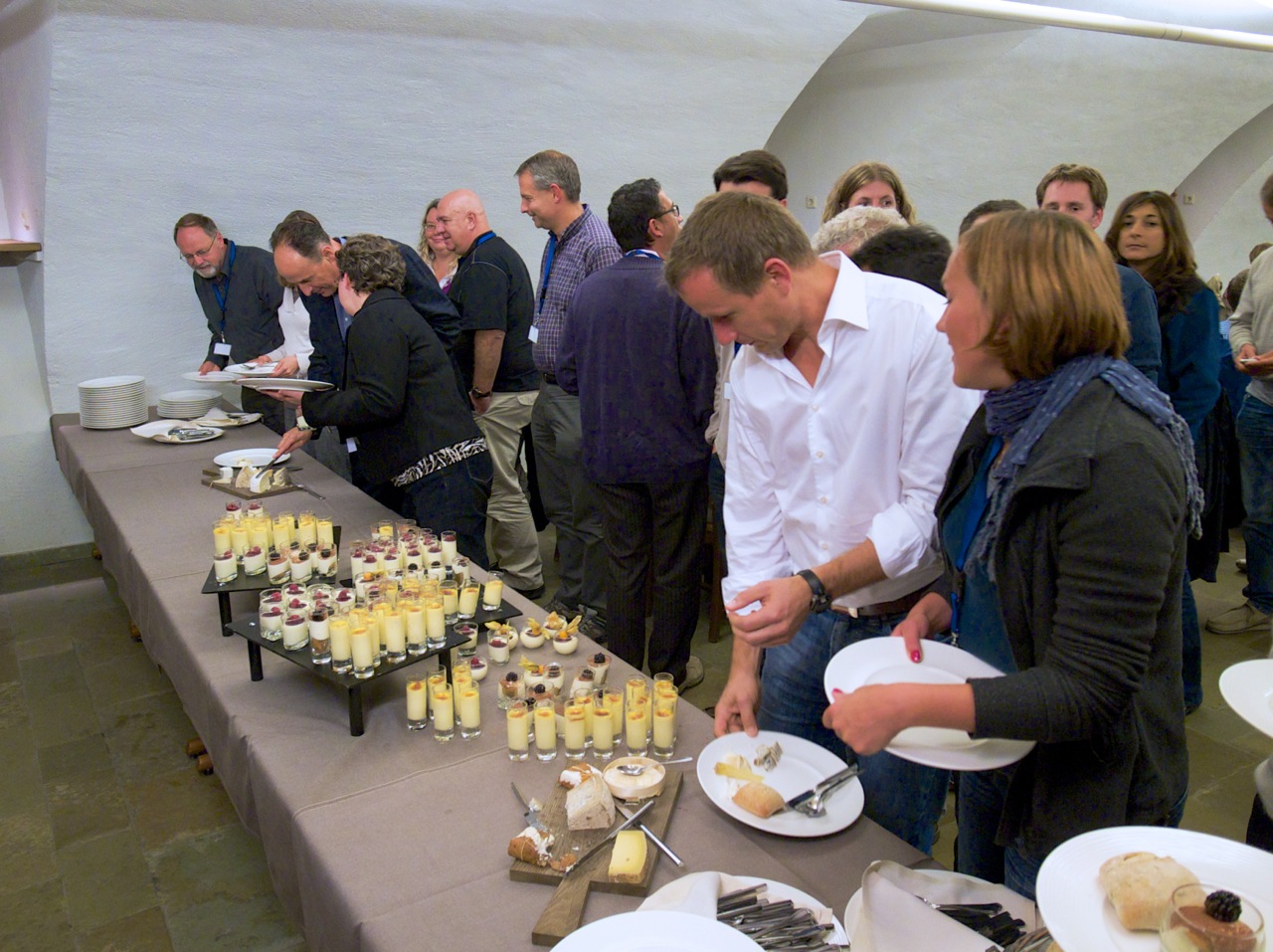
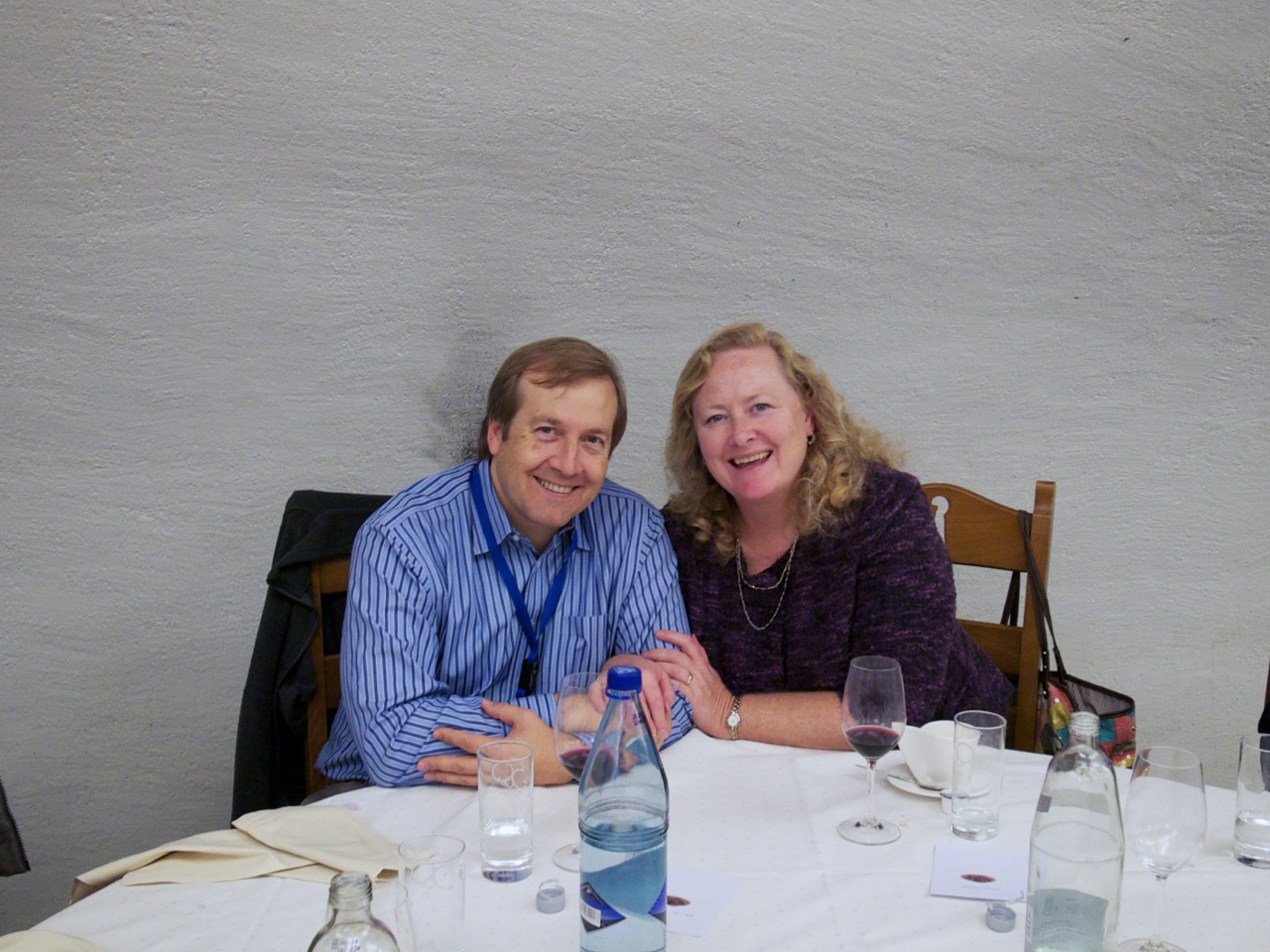
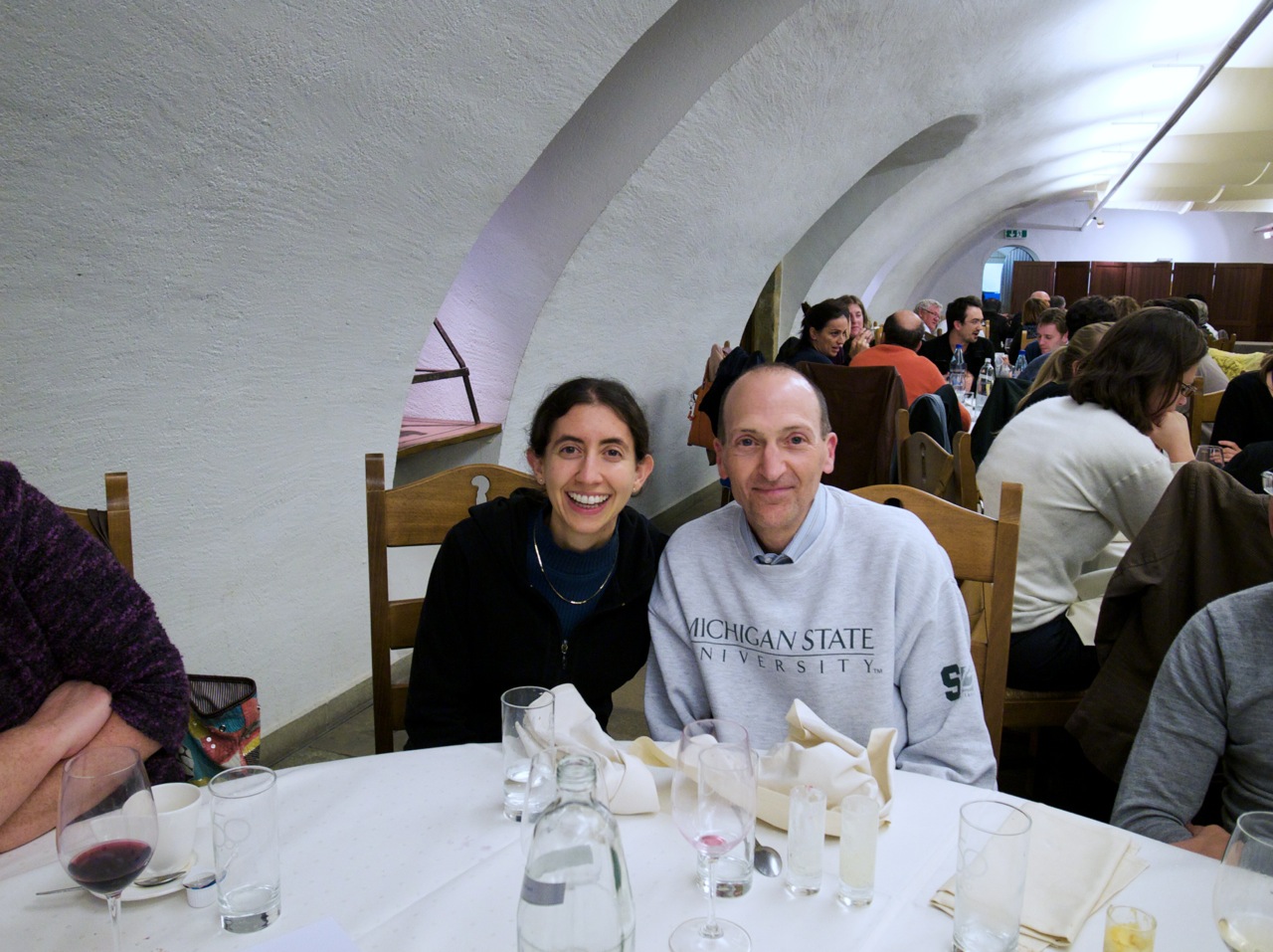
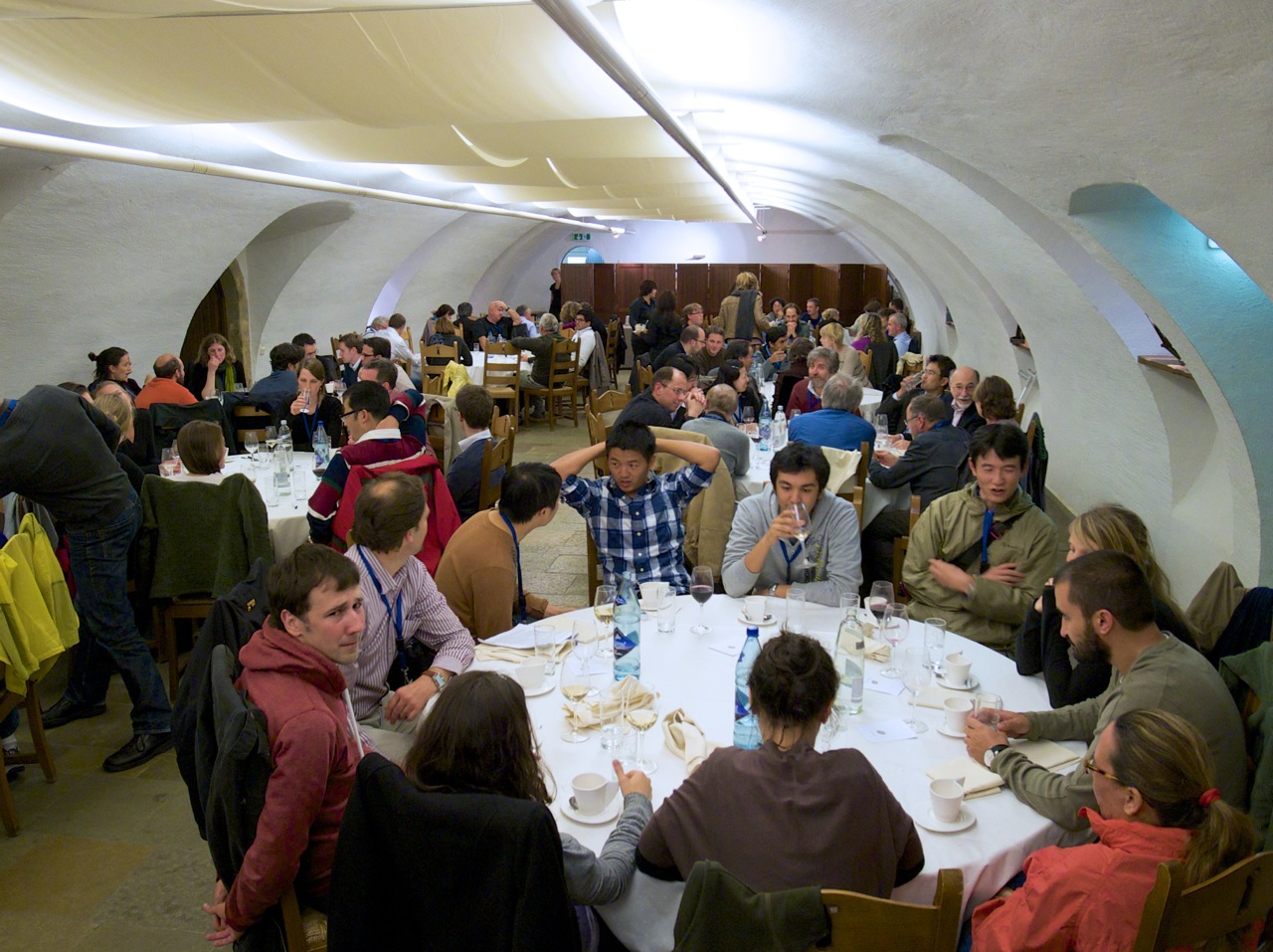
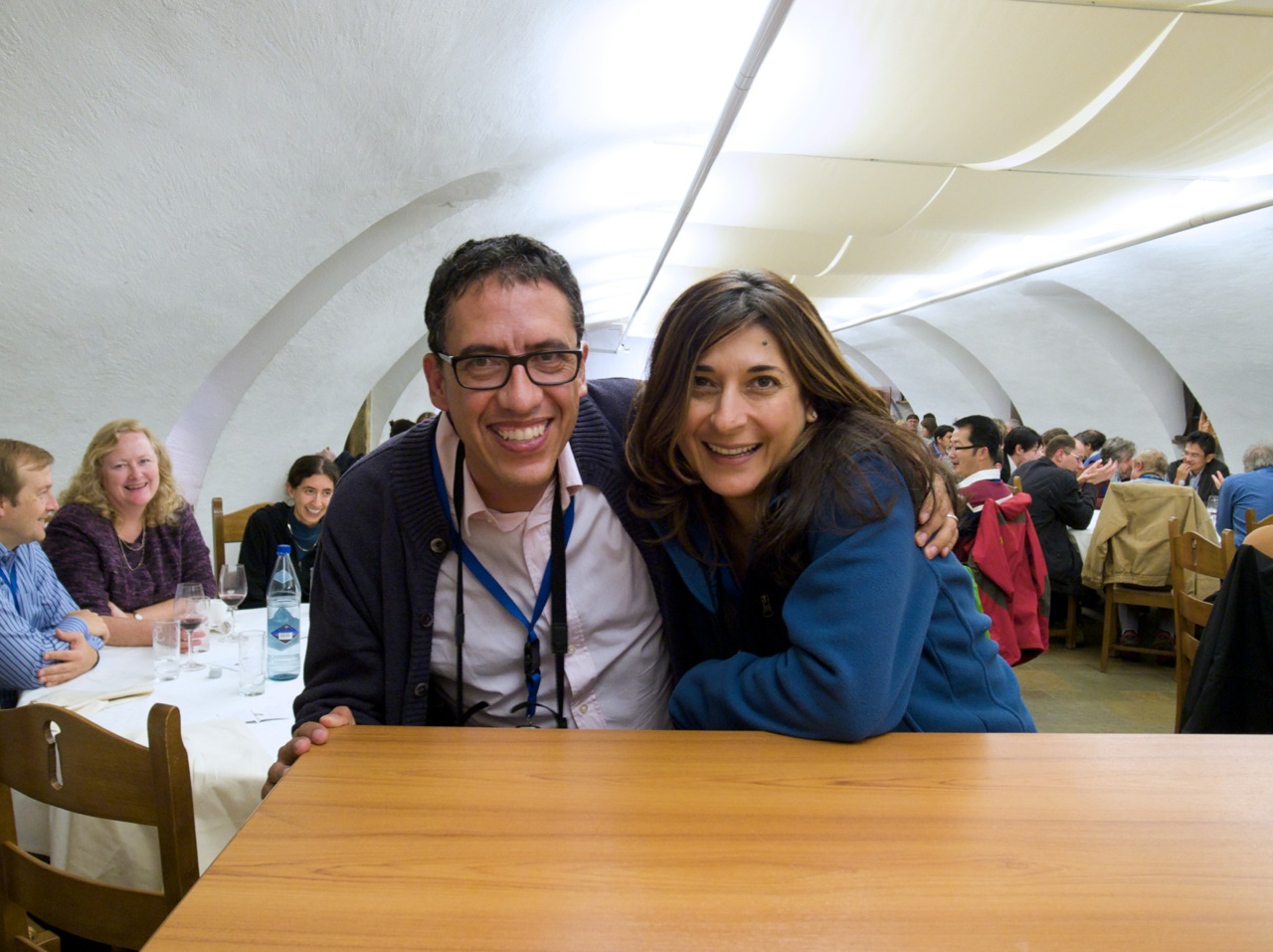
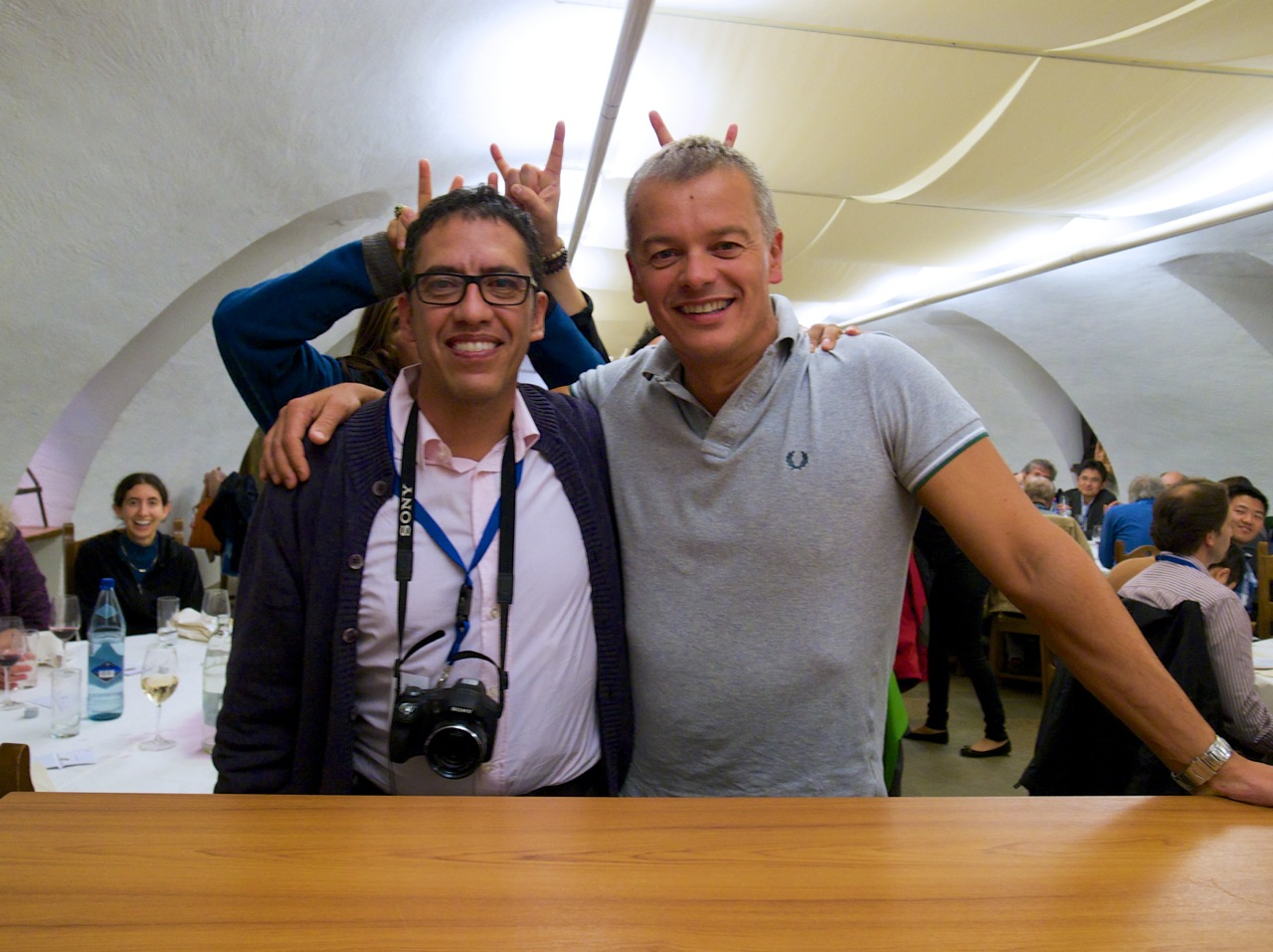
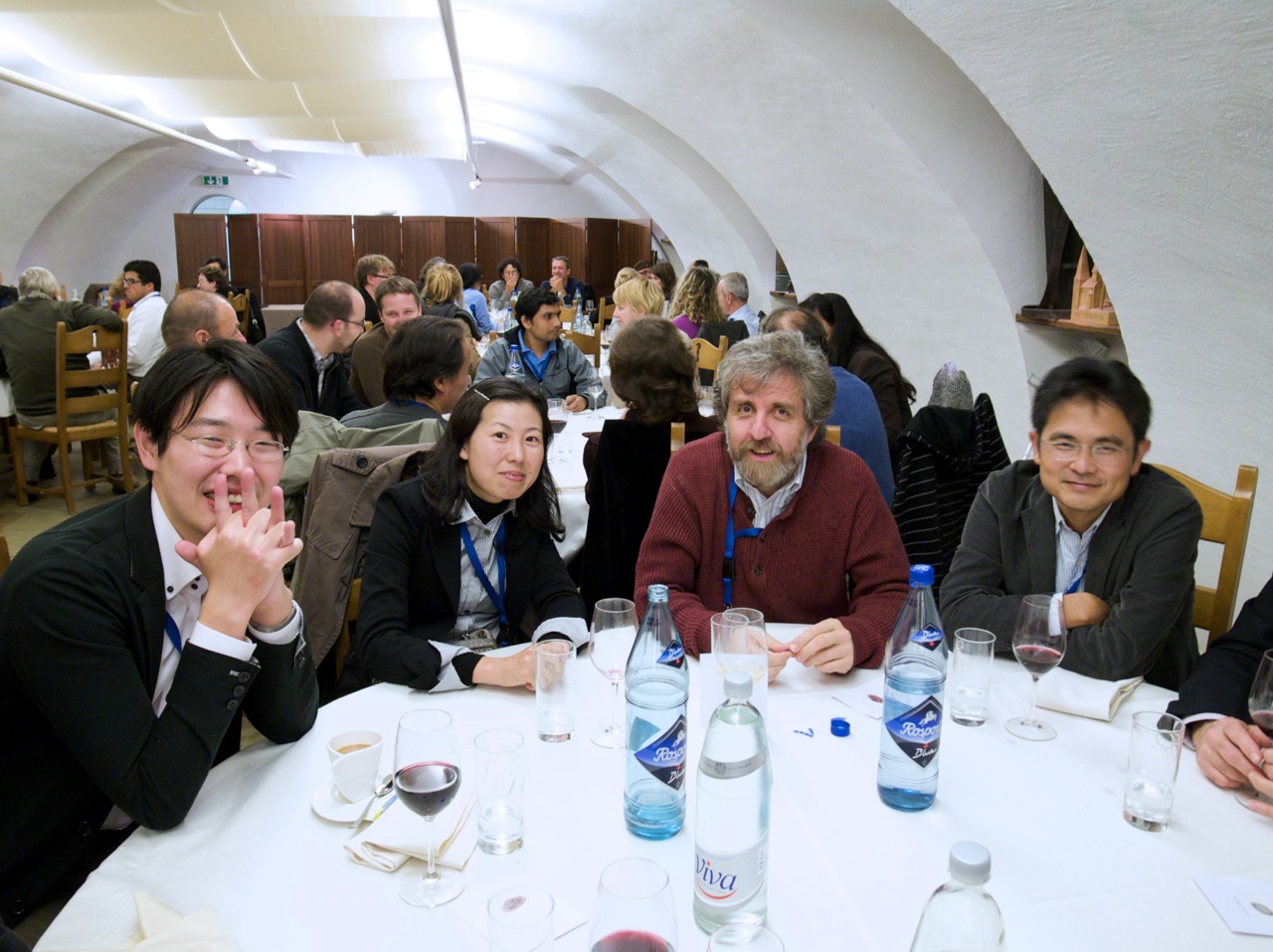
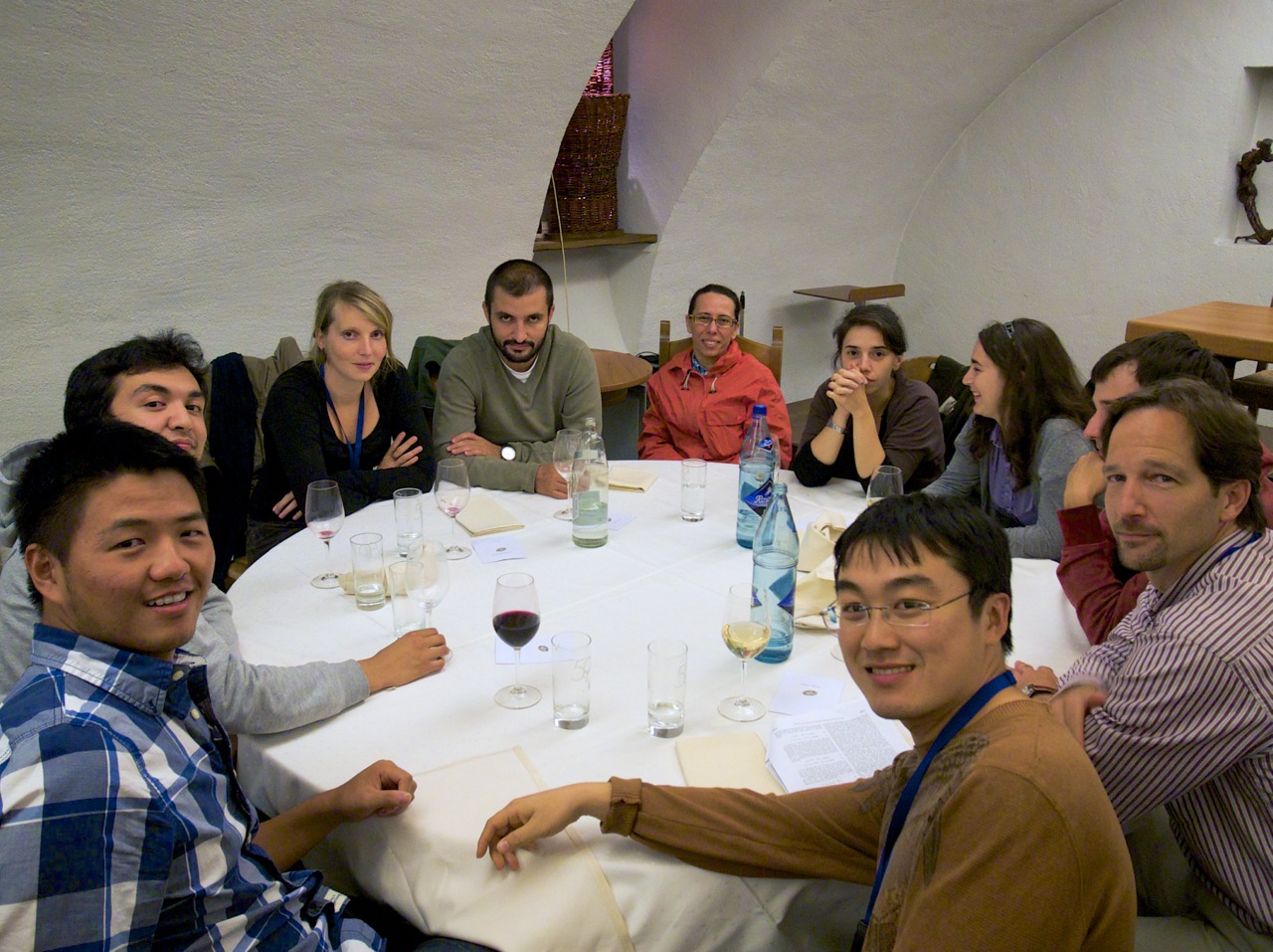
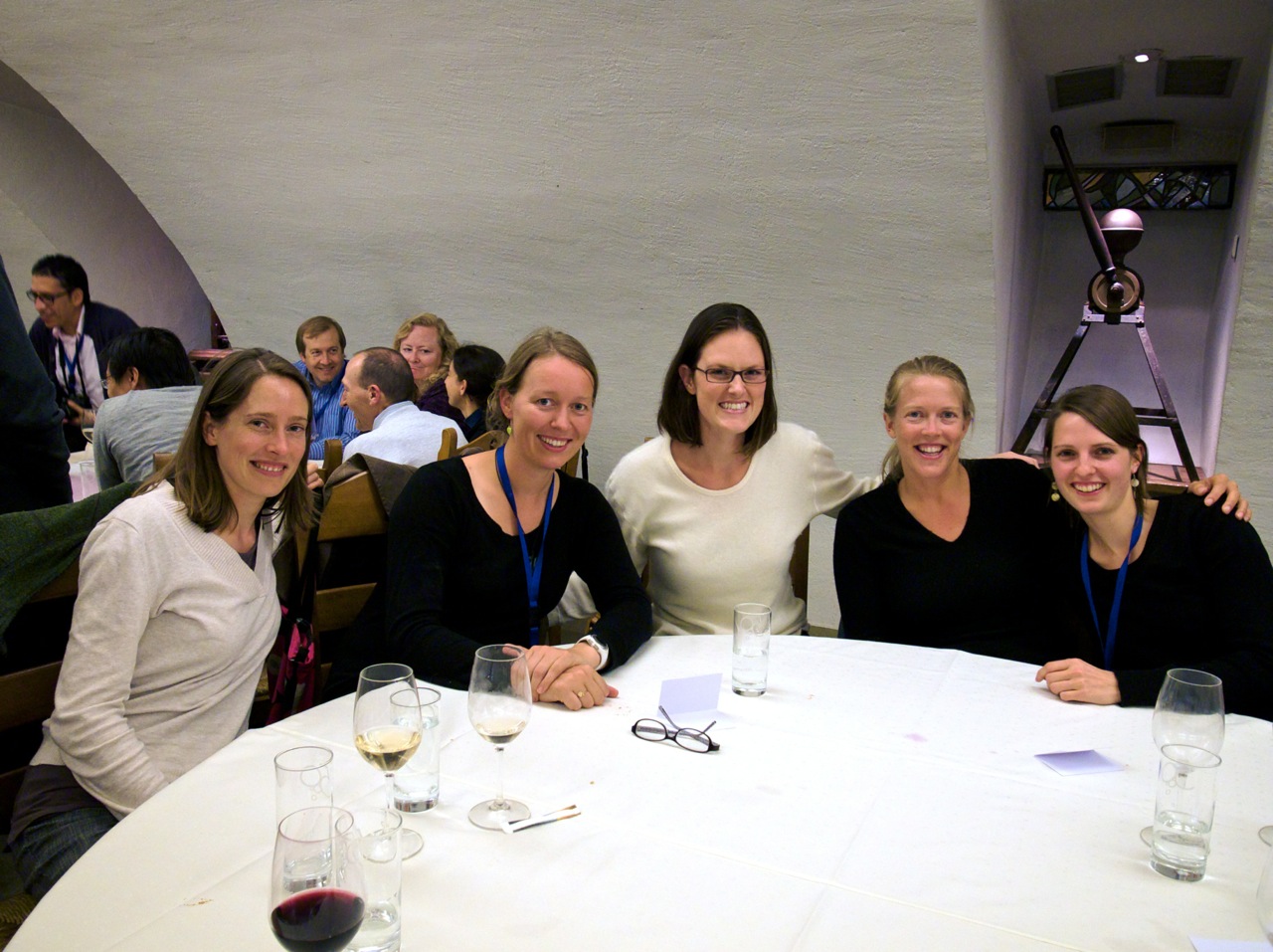
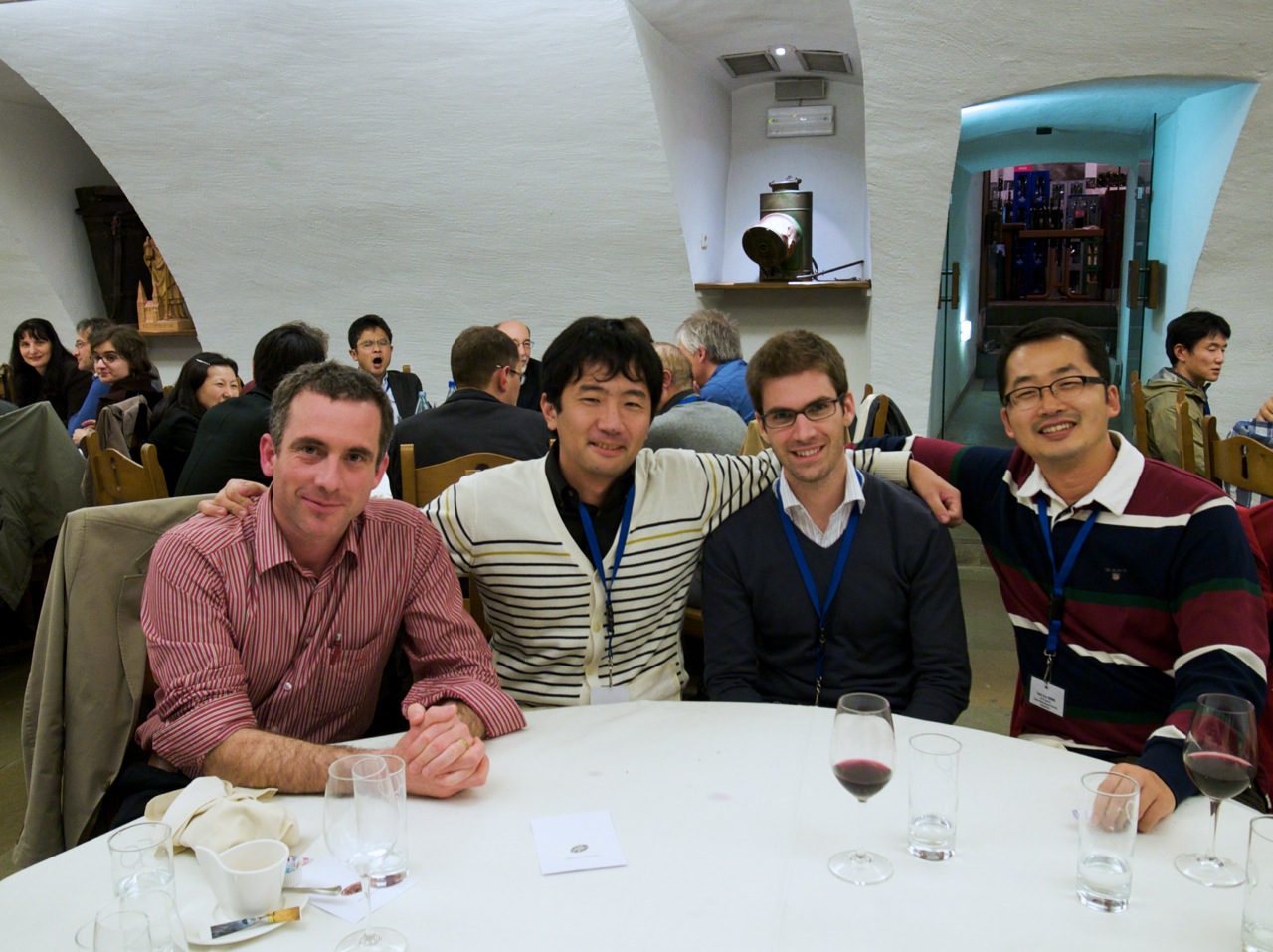
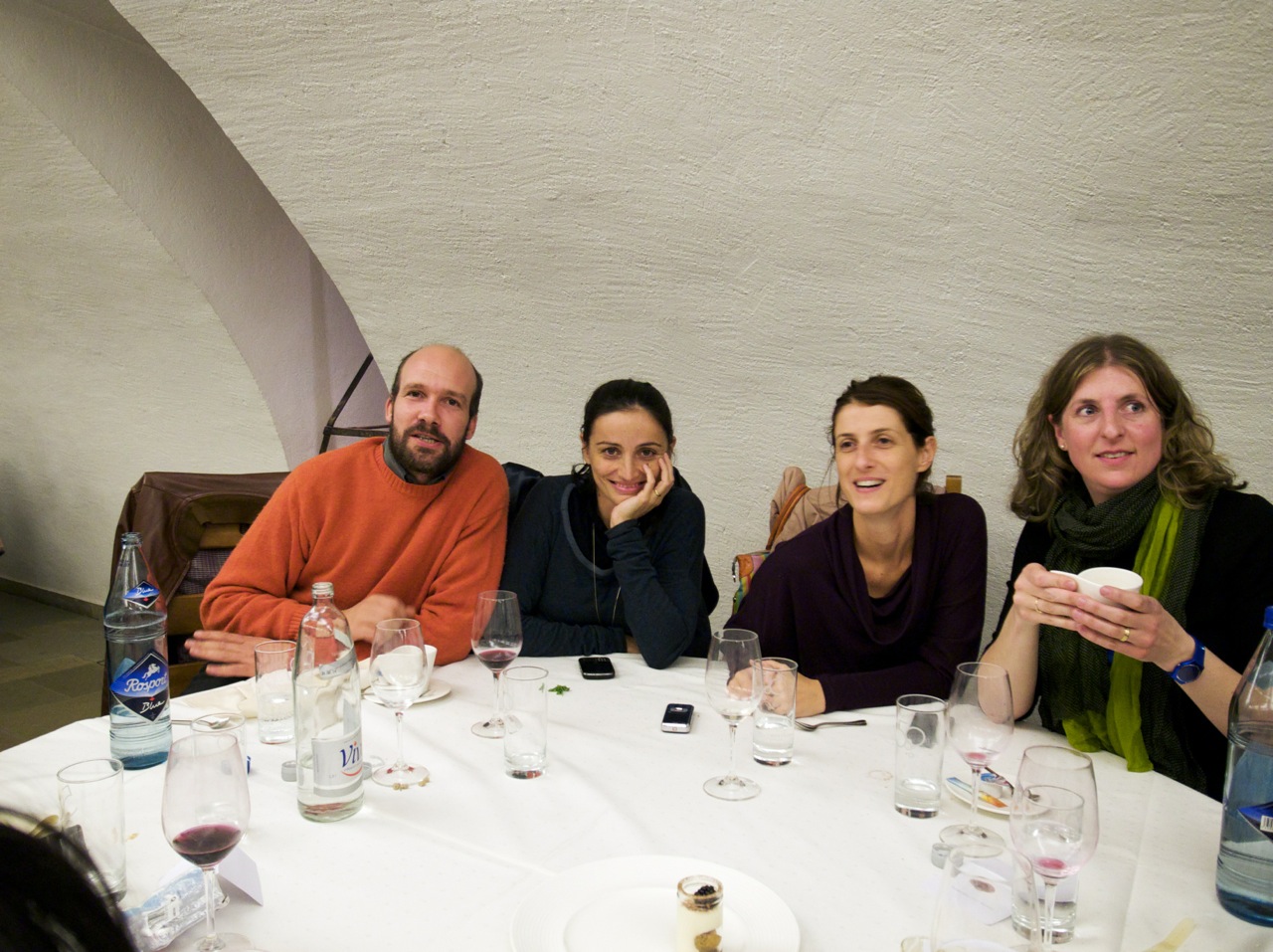
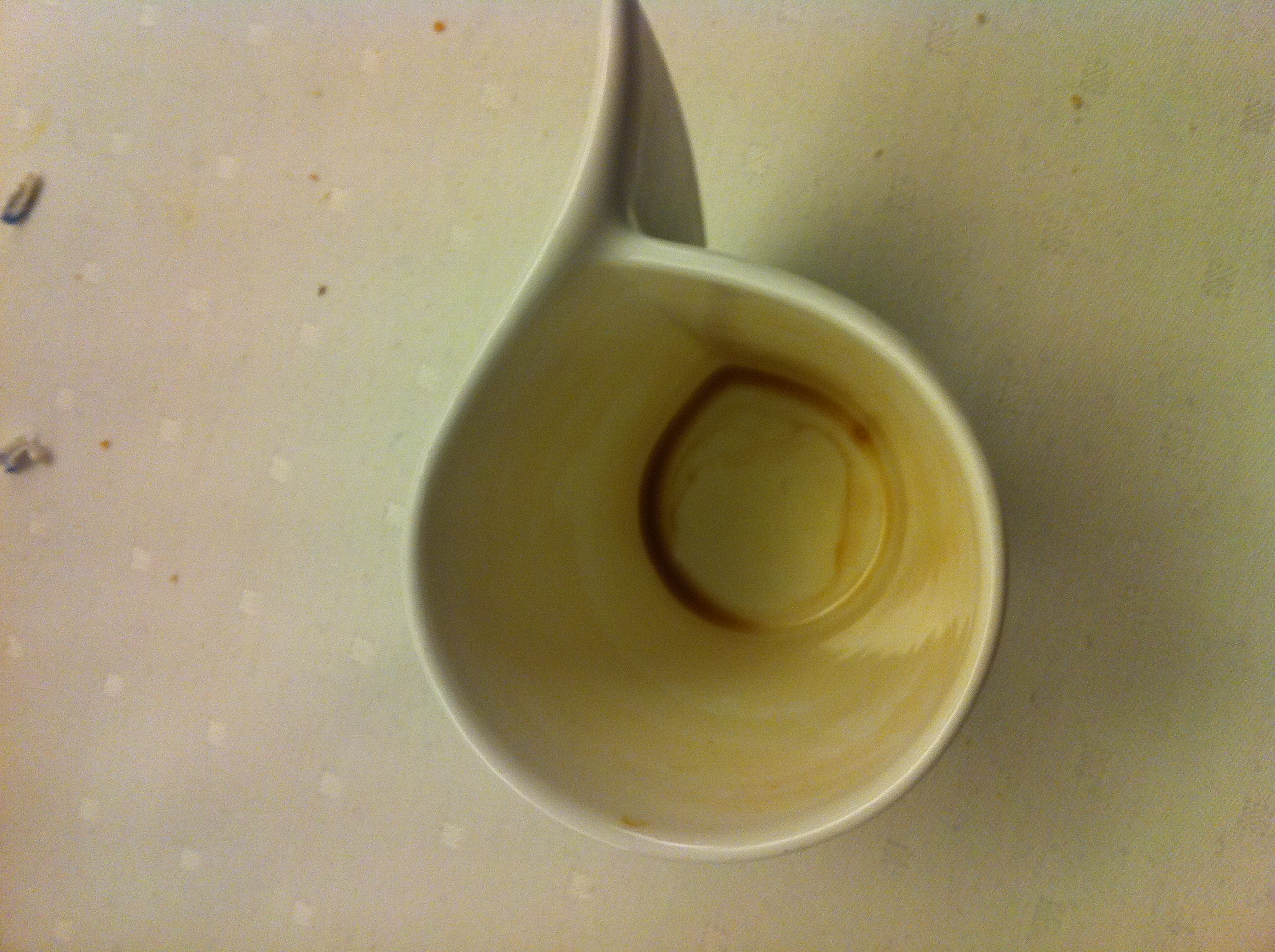
Venue
The conference was held in close proximity to the center of Luxembourg City, the cosmopolitan capital of the Grand Duchy of Luxembourg.
Luxembourg was a fortress city with reputation to be unseizable, strategically located between the French Kingdom and the German Empire. It was one of the major strongholds in Europe from the 16th Century through its dismantlement in 1867.
Today, Luxembourg is well known as an international Financial Center and for hosting key institutions such as the European Parliament and the European Court of Justice. It is a dynamic and modern city, was European Capital of Culture for the second time in 2007, and is part of the World Heritage List of UNESCO. Enjoy its Old Quarters, fortifications, museums, exhibitions and more. See for instance the Luxembourg City Tourist Office or the National Tourist Office web sites.
For Further Information
Please contact:
Ms Corine GALASSI, ECGS secretary
19 rue Josy Welter
L-7256 Walferdange
Grand Duchy of Luxembourg
Tel: +352 33.14.87-1
Fax: +352 33.14.87-88
Email: source2012@ecgs.lu
